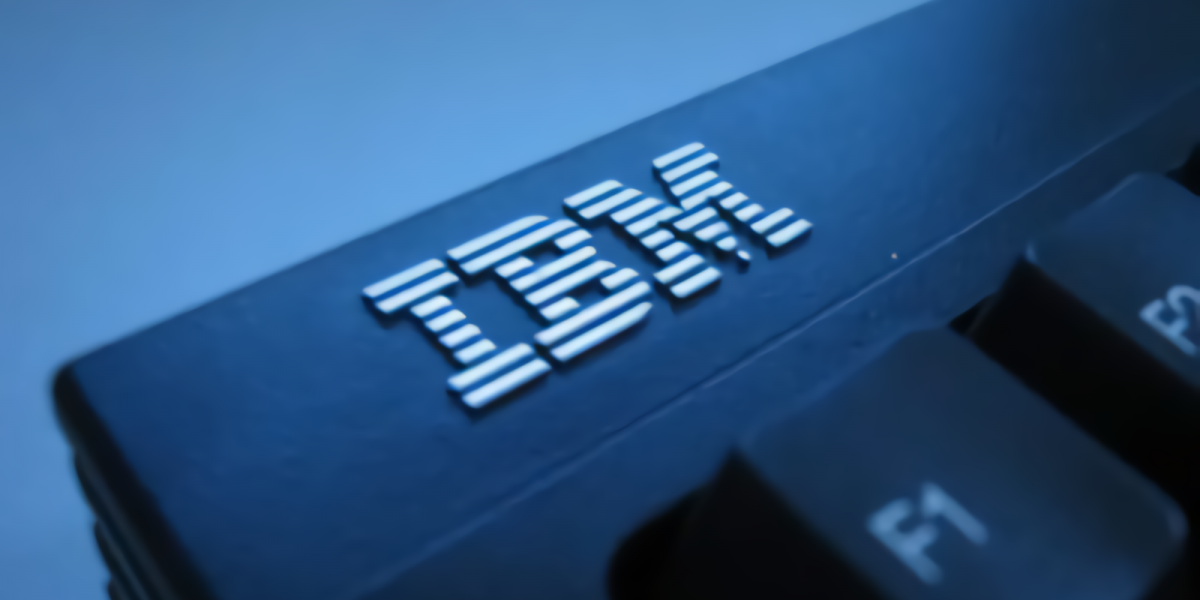In a technical paper quietly released earlier this year, IBM detailed what it calls the IBM Neural Computer, a reconfigurable parallel processing system designed to research and develop emerging AI algorithms and computational neuroscience. This week, the company published a preprint describing the first application demonstrated on the Neural Computer: a deep “neuroevolution” system that combines the hardware implementation of an Atari 2600, image preprocessing, and AI algorithms in an optimized pipeline. The coauthors report results competitive with state-of-the-art techniques, but perhaps more significantly, they claim that the system achieves a record training time of 1.2 million image frames per second.
The Neural Computer represents something of a shot across the bow in the AI computational arms race. According to an analysis recently released by OpenAI, from 2012 to 2018, the amount of compute used in the largest AI training runs grew more than 300,000 times with a 3.5-month doubling time, far exceeding the pace of Moore’s law. On pace with this, supercomputers like Intel’s forthcoming Aurora at the Department of Energy’s Argonne National Laboratory and AMD’s Frontier at Oak Ridge National Laboratory promise in excess of an exaflop (a quintillion floating-point computations per second) of computing performance.

Unlock premium content and VIP community perks with GB M A X!
Join now to enjoy our free and premium membership perks.
![]()

![]()